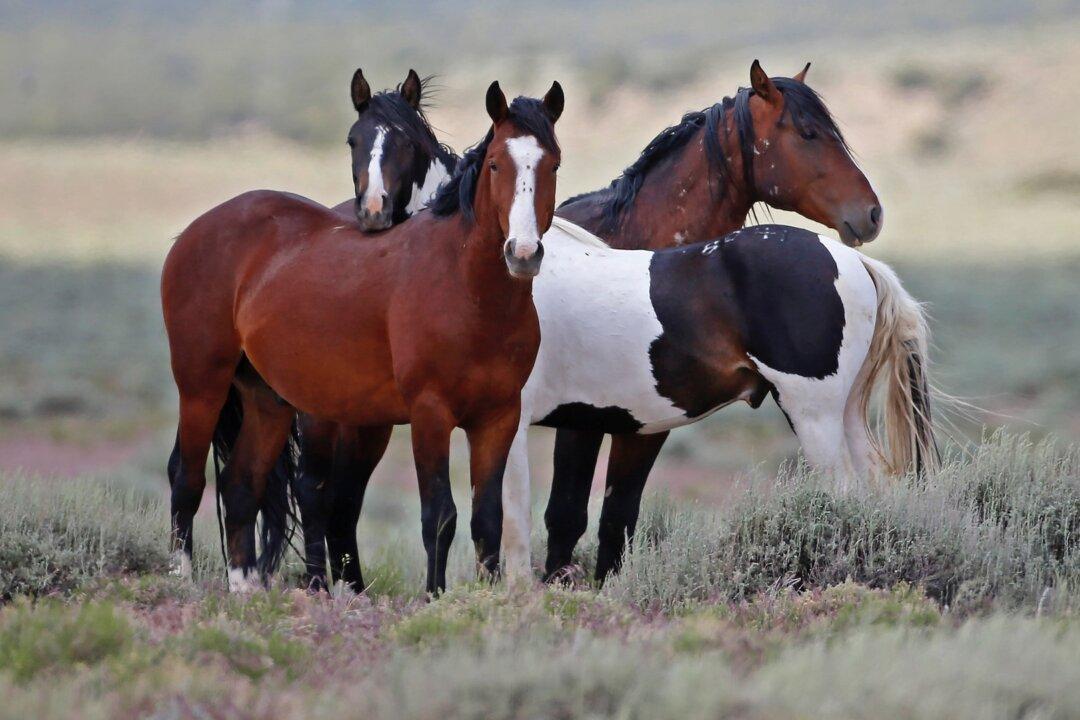The Department of the Interior is offering up to $1,000 to people willing to adopt a wild horse or burro, the Bureau of Land Management (BLM) has announced.

Wild horses roam free on state and some private land, outside federal disengaged horse management areas outside Milford, Utah, on May 31, 2017. George Frey/Getty Images
|Updated:




